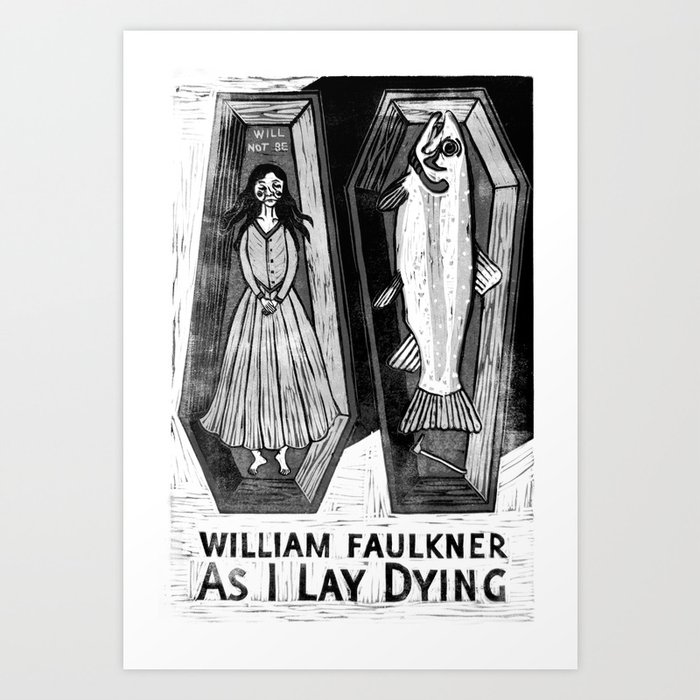 |
| Edwidge Danticat's novel Farming of Bones |
The novel is a study in trauma: using sensuous language Danticat writes the body in pain. Like a patient in therapy, when the story is retold, the subsequent retellings of the story, four things happen.
- The body remembers. This is why Amabelle says, “This past is more like flesh than air; our stories testimonials …” (281).
- The story, as a testimonial, repeated and retold differently and with divergent perspectives, with an occasional interpretation by the therapist is revisited.
- The third consequence of this telling is a recognition that the story is held in tension with the official story — here the story told by the Dominican victors against that which is held in the heart of survivors or lost forever with the dead.
- The language acts as a kind of counter-narrative to the anger and hatred against the black, coffee-colored, bodies of the Haitians.



